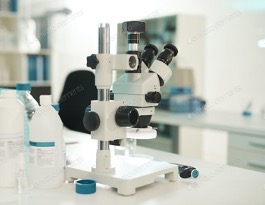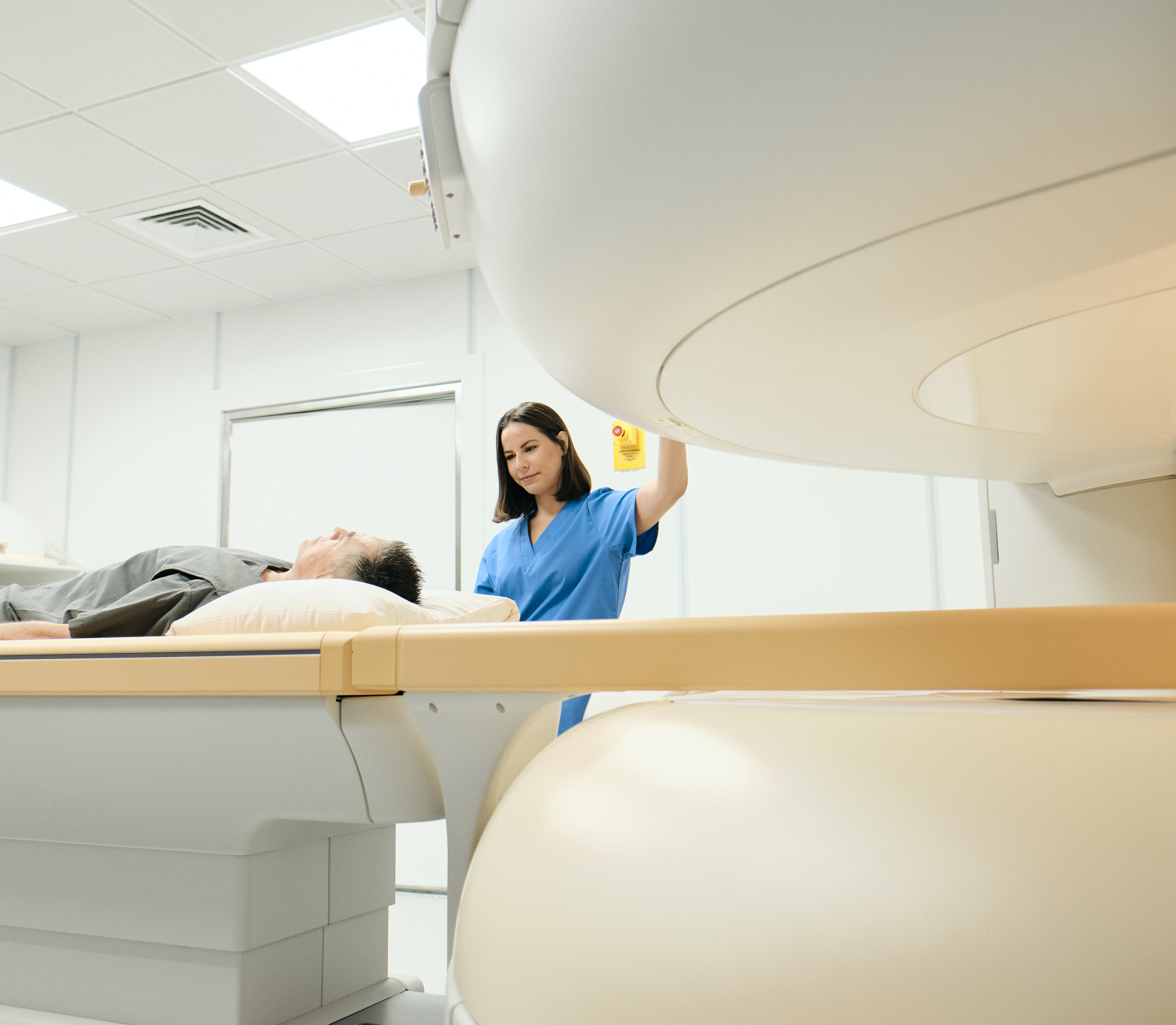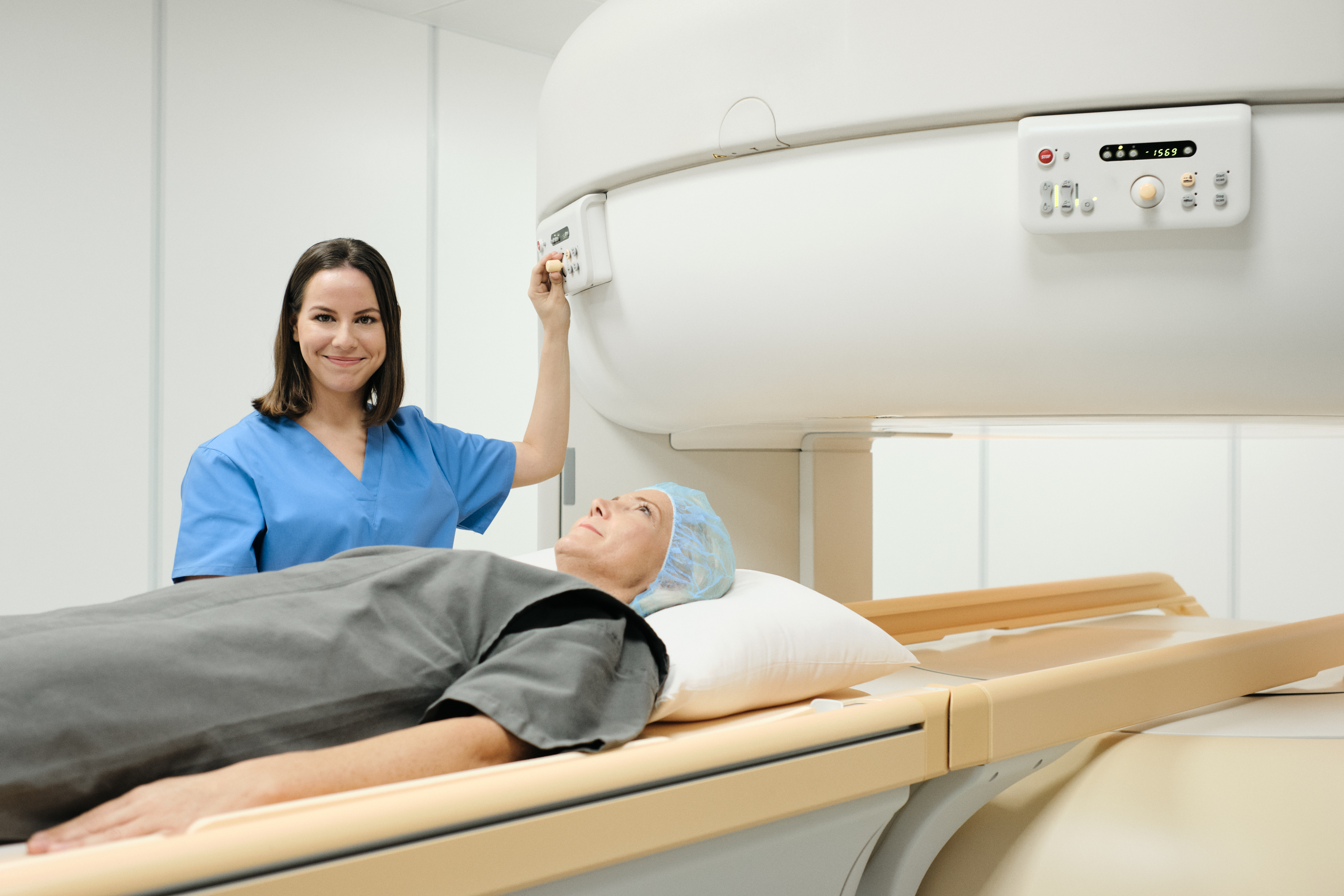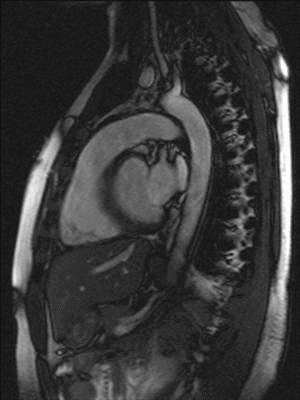- Agriculture
- Antibiotic/anti-viral
- Biologics
- Biomarkers
-
By Clinical Application
- Anesthesiology
- Blood & Lymphatic Disease
- CNS & Neurosciences
- Dermatology
- Diabetes, Metabolism, Endocrinology & Obesity
- Ear, Nose, & Throat
- Emergency Services
- Gastroenterology & Digestive Disease
- General & Plastic Surgery
- Health Education, Medical Training and Operations
- Heart and Vascular x
- Immunology, Autoimmune & Inflammation
- Infectious Diseases
- Mental Health
- Multiple clinical applications
- Musculoskeletal Disorders, Orthopedics/Bone
- Nephrology/Renal
- Oncology
- Ophthalmology
- Orphan Diseases
- Pediatrics
- Physical Medicine & Rehabilitation
- Radiology
- Regenerative Medicine / Tissue Engineering
- Reproductive Health: Obstetrics & Gynecology
- Respiratory & Pulmonary
- Surgery
- Transplantation
- Urology
- Wound Healing
- COVID-19
- Creative Works
- Diagnostics
- Drug Delivery
- Drug screening and discovery
- Energy, Cleantech & Environmental
- Engineering & Physical Sciences
- Gene therapy
- Imaging ×
- Materials
- Medical Devices
- Nutraceuticals
- Other
- Research & Design Tools
- RNAi/siRNA
- Sensors & Controls
- Small molecules
- Software & Information Technology
- Stem Cells
- Vaccines
- Veterinary Medicine
A microscopy method for acquiring polarization-sensitive phase information in 3D
Unmet Need The majority of biological research and clinical diagnostics has involved the use of optical imaging systems for transparent specimens that rely on scalar properties like phase contrast. These systems have proved useful for…
Connecting cardiac and respiratory 3DCT imaging for 5DCT heart motion management
Unmet Need Ventricular tachycardia (VT) is a primary condition of heart disease noted as an irregularity of heart rhythm due to improper electrical signaling in the ventricles that causes an abnormally high heart rate. VT…
Virtual frequency-selective inversion method for fat suppression in MRI
Unmet Need In magnetic resonance imaging (MRI), data is acquired by a scanner that sends a sequence of radio frequency (RF) pulses into the tissue placed in a strong magnetic field. The magnetic field causes…
A high-speed echocardiographic system that can assess cardiac function in real-time
Unmet Need Since its inception in the mid-1970s, real-time echocardiography employing phased array principles has had a significant impact on the practice of medicine particularly in cardiology. The real-time or live nature of image formation…
A new method to improve contrast-enhanced MRI by suppressing blood pool signal
Unmet Need In magnetic resonance imaging (MRI), contrast agents are often used to enhance the difference between diseased and normal tissue. Images taken with contrast agents allow to identify myocardial infarction, stroke, tumors, atherosclerosis, tissue…
Single-cardiac-cycle phase sensitive inversion recovery (PSIR) method for cardiac MRI
Unmet Need Magnetic Resonance Imaging (MRI) is a safe, non-invasive test that creates detailed images of organs and tissues. In a typical MRI procedure, the subject is positioned in a strong magnetic field, and the…
T2-preparation optimized for cardiac imaging
Value Proposition Myocardial infarction is the leading cause of death in the United States. T2-imaging of the heart is used to detect areas of myocardial edema which may aid in the diagnosis of myocardial infarction.…
RNA aptamers for thrombi imaging
Value Proposition Thrombosis (blood clots within blood vessels) is a major underlying factor in many cardiovascular diseases and a major source for complications following hospital stays and surgeries. Venous thrombosis occurs in approximately 1 per…






